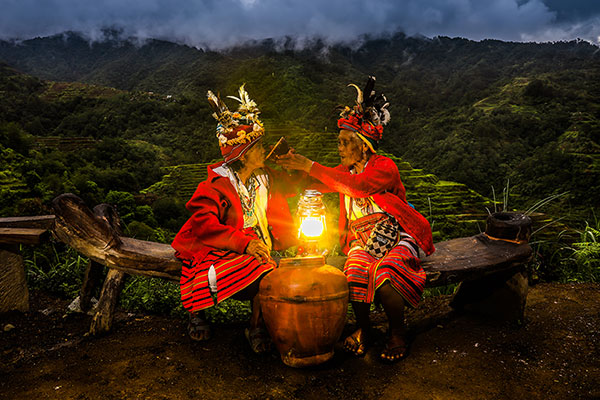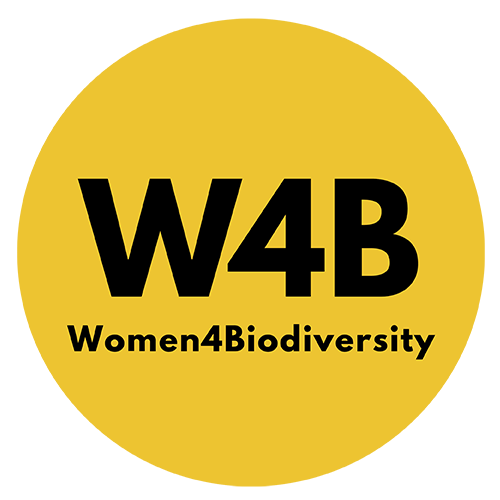Target 3: Conserve 30% of Land, Waters and Seas
🤔 𝐖𝐡𝐚𝐭 𝐝𝐨 𝐲𝐨𝐮 𝐦𝐞𝐚𝐧 𝐛𝐲?
🌿 𝐈𝐧𝐝𝐢𝐠𝐞𝐧𝐨𝐮𝐬 𝐚𝐧𝐝 𝐭𝐫𝐚𝐝𝐢𝐭𝐢𝐨𝐧𝐚𝐥 𝐭𝐞𝐫𝐫𝐢𝐭𝐨𝐫𝐢𝐞𝐬: Indigenous peoples and local communities often own, occupy and/or manage areas with unique and significant biodiversity. The appropriate recognition of these areas could make important contributions towards this target. However, any decisions regarding these areas must recognize and respect the rights of indigenous peoples and local communities over them and including obtaining free, prior and informed consent.
🌿 𝐄𝐟𝐟𝐞𝐜𝐭𝐢𝐯𝐞𝐥𝐲 𝐜𝐨𝐧𝐬𝐞𝐫𝐯𝐞𝐝 𝐚𝐧𝐝 𝐦𝐚𝐧𝐚𝐠𝐞𝐝: Protected areas and OECMs must be managed with the primary objective of achieving positive outcomes for biodiversity. This requires the adoption of appropriate management objectives and processes, governance systems, adequate and appropriate resourcing and consistent monitoring.
🌿 𝐄𝐜𝐨𝐥𝐨𝐠𝐢𝐜𝐚𝐥𝐥𝐲 𝐫𝐞𝐩𝐫𝐞𝐬𝐞𝐧𝐭𝐚𝐭𝐢𝐯𝐞: Protected area and OECMs should contain adequate samples of the full range of existing ecosystems, ecological processes and regions.
🌿 𝐖𝐞𝐥𝐥-𝐜𝐨𝐧𝐧𝐞𝐜𝐭𝐞𝐝: For protected areas and OECMs to be effective, they should be connected through corridors as well as integrated into wider landscapes, seascapes and the ocean. This is an essential element of creating effective systems or networks of protected and conserved areas that can meet sustained in situ conservation outcomes and cope with stresses and disturbances, including from the impacts of climate change.
🌿 𝐄𝐪𝐮𝐢𝐭𝐚𝐛𝐥𝐲 𝐠𝐨𝐯𝐞𝐫𝐧𝐞𝐝: A key element of the equitable governance of protected areas and OECMs is ensuring that relevant actors are involved and able to fully participate in their establishment, management and governance and that the costs and benefits of establishing and managing such areas are shared fairly. It also includes effective participation in decision-making, transparent procedures, access to justice in conflicting situations, and the recognition of the rights and diversity of the people that will be affected by the establishment and management of protected areas and OECMs.
🌿 𝐓𝐡𝐞 𝐫𝐢𝐠𝐡𝐭𝐬 𝐨𝐟 𝐢𝐧𝐝𝐢𝐠𝐞𝐧𝐨𝐮𝐬 𝐩𝐞𝐨𝐩𝐥𝐞𝐬 𝐚𝐧𝐝 𝐥𝐨𝐜𝐚𝐥 𝐜𝐨𝐦𝐦𝐮𝐧𝐢𝐭𝐢𝐞𝐬: All activities carried out under this target must be done so recognizing and respecting the rights of indigenous peoples and local communities, including over their traditional territories. This includes, as specified in Section C of the Kunming-Montreal Global Biodiversity Framework that rights, knowledge, including traditional knowledge associated with biodiversity, innovations, worldviews, values and practices of indigenous peoples and local communities are respected, and documented and preserved with their free, prior and informed consent, including through their full and effective participation in decision-making, in accordance with relevant national legislation, international instruments, including the United Nations Declaration on the Rights of Indigenous Peoples.
To learn more about all 23 Targets, please visit: https://www.cbd.int/gbf/targets

